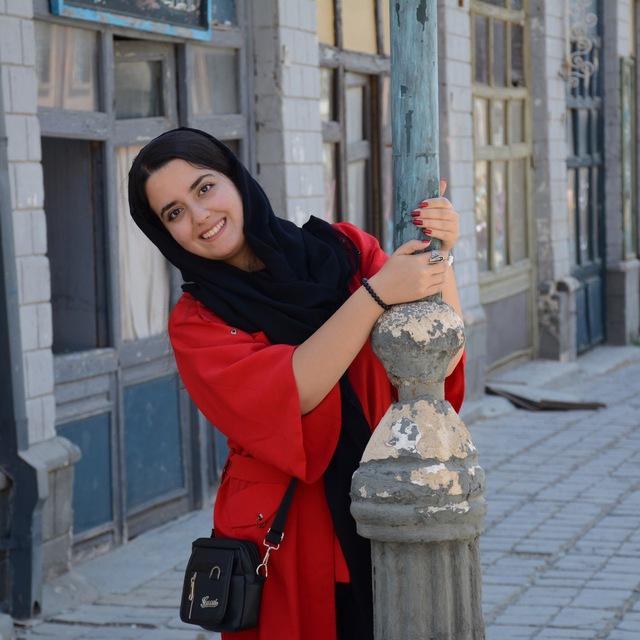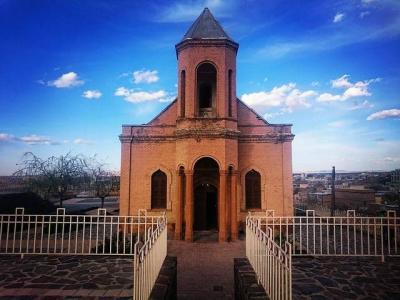 oldest armenian church in hamedan
oldest armenian church in hamedan
The Armenians of Isfahan, as well as Armenian merchants and immigrants from Russia, built Stephanos church, the oldest church in Hamedan, in 1676 AD at the time of Shah Suleiman of Persia. The background story is that during World War I, thousands of Armenians from Western Armenia took refuge in western Iranian cities such as Kermanshah and Hamedan. After settling down, they decided to make the place more like home; so the first essential place that they needed was a church, a place to keep their religion.
2557
0
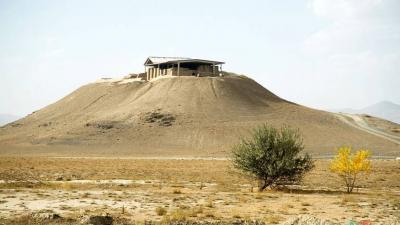 an intact ancient citadel
an intact ancient citadel
Not many people knew Noushijan Castle until 1963 that a British team searched and excavated the castle for 14 years. During the excavation, many works belonging to the Medes, Achaemenid, and Parthians were found. A fortress fence and two fire temples indicate the political, religious, and military functions of this castle in the Median period. in later periods, the existing construction had been used as a platform and subsequent buildings were created on it so that the building related to the Medes remained even up to a height of 8 meters and does not need any special reconstruction.
1593
0
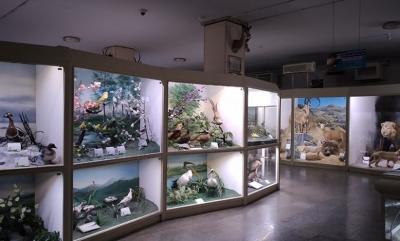
Hamedan Natural History Museum
a huge collection of extinct animals!Professor Jafar Mohammad Alizadeh built this museum and all the specimens have been collected by him and some interested students. During its 28-year of activity, the Hamedan Museum of Natural History has discovered some specimens for the first time in the country, but proving that they are also unique around the world requires further research. For example, the discovery of five new species of Persian Gulf fish and several specimens of fossils was first reported by the museum. Currently, in addition to tourists and researchers, many groups of students visit this museum every year.
1694
0
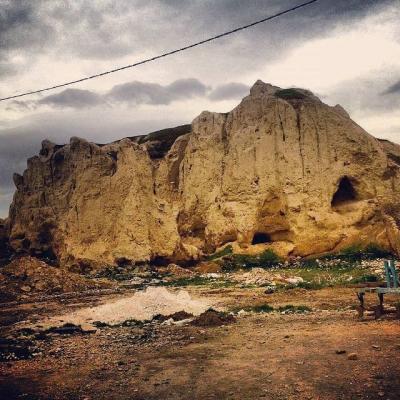 an ancient water grave!
an ancient water grave!
The story of the discovery of this castle is that in the early Pahlavi period a farmer found a large piece of ruby while plowing his land. The ruler of the region sent it to the government. The beauty of the ruby attracted the attention of Reza Shah so he sent Teymourtash to that area for further research. Teymourtash didn’t find anything and closed the case. All was forgotten until Dr. Jafari gets interested in this subject in the 1960s. after extensive researches, sent the ruby to the United States for examination. Americans found an inscription on it and concluded that this ruby belonged to "Bahram Gor” who hung it on his horse's neck. Most likely, the village of Gourab is the hunting ground to where Bahram Gor went and never returned.
1337
0
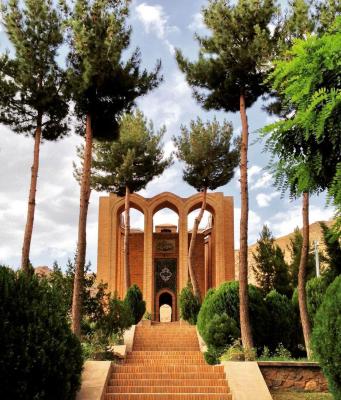
Mir Razi Al-Din Artimani Mausoleum
a well-known safavid poetMir Razi al-Din was born in 1570 and lived in Artiman. Then as a young man, went to Hamedan to study religion. In the year 1592 AD, he traveled to Isfahan, home of poetry and literature masters at the time, and gained a high position in the court of Shah Abbas Safavid. He later married Shah Abbas’s daughter. The tomb's structure consists of four arched entrance doors with exquisite tiles on top of them. The facade is built of brick and has an opening with a high arch. Behind these arches is a building with a tiled entrance.
2858
0
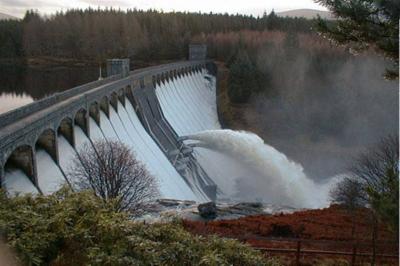 a heaven for migratory birds
a heaven for migratory birds
The construction of the dam begin in 1959 and was completed in 1963, to supply both agricultural and drinking water of the region from the Abshineh River. The height of the dam was 54 meters at first, which due to the population growth and lack of water, a plan to increase the height of the dam seemed necessary, so it was increased by 25 meters. Ekbatan Dam is a place for migratory birds. Birds such as Common Pochard, Grebe, Bitterns, Cormorants, and Storks are among the birds that are seen in the lake of Ekbatan Dam in late winter and early autumn. The dam has the ability to create a number of water sports such as boating and water skiing.
1565
0
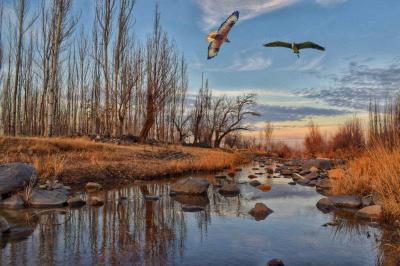 a stunning natural landscape
a stunning natural landscape
This pond with an area of 85 hectares represents one of the many natural beauties of Hamedan. Ever since 2011, it was included in the no-hunt zones due to its environmental values and rich species. The bird species in this area include Crane, Pelican, and Coot. Also, some other birds that stop in this Talab while migrating from African countries include Flamingo, Great Egret, Tern, little and big Grebe, Harrier, Glareolidae, and Stilt. In the spring, Abshineh Lagoon is full of birds; on the other hand in autumn and late October, the presence of flocks of birds in this place promises that the winter is coming.
1341
0
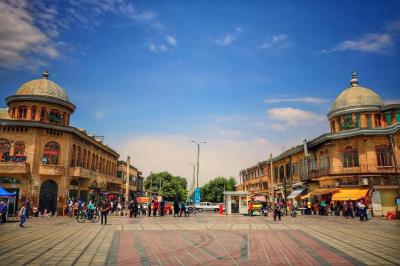
Imam Khomeini Square in Hamedan
renaissance attraction in Iran!Central Square in Hamedan is one of the oldest and biggest squares in Iran. Since this square intersects with six main Streets of the city, you can access the whole city from this point. Despite being a century old, the square has still kept its connection to the other streets. In 2017 during the reorganization, reconstruction, and restoration program approved by the Islamic Council of the city, the square has been turned into a sidewalk, along with Bu Ali and Ekbatan streets. The traditional bazaars in this area are among the covered bazaars from the Islamic and Qajar periods.
5189
0
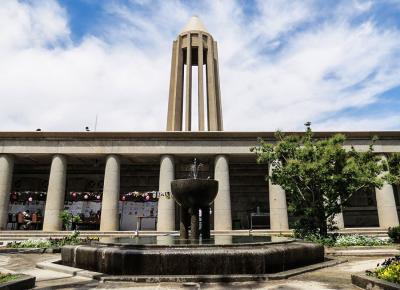 a revolutionary poet who went crazy!
a revolutionary poet who went crazy!
Aref Qazvini lived a complicated life and, nevertheless, excelled in art and creating revolutionary thinking among the youth of his time. Getting to know his life and what he’s been through is an essential part of getting familiar with Iran’s revolutionary history. Abolqasem Qazvini was Molla Hadi’s son and was born in 1882, in Qazvin city. He studied Persian and Arabic grammar in Qazvin. He learned music from Sadegh Kharazi and Noha Khani (Shia lamentation) from Mirza Hossein Vaez, and his own father. His father insisted on wearing a “turban” as Aref was young, but after he died Aref took off his turban and stopped Noha Khani.
2134
0
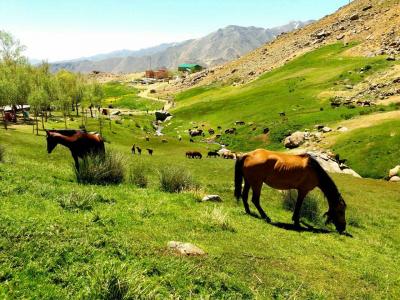 pristine landscape at the foot of Alvand
pristine landscape at the foot of Alvand
Mishan Plain or Mishan Square is an area of one hectare and at an altitude of 2600 meters above sea level. To go there, you must be patient since you have an intermediate climb ahead of you. Do not forget to bring your climbing equipment as may be needed. If you are not much of a climber, you can use the cable car to reach your destination and add more excitement to your journey. As you begin your journey to the summit of Alvand and the Mishan Plain, the further you go, the more beautiful the view behind you, and the wider the field of view. Along the way, with just a glance at the scenery behind you, you will forget your tiredness much faster than you thought and your desire to reach Mishan Plain will increase more and more.
1630
0
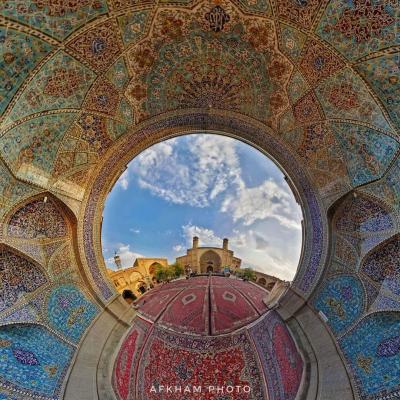 islamic architectural masterpiece
islamic architectural masterpiece
Jameh Mosque of Hamedan is one of the oldest mosques in the city. Based on the architectural specifications and some inscriptions found in the mosque, it seems that the building belongs to the Qajar period. The construction’s date, 1837 AD, is written on the front Iwan which coincides with the reign of Fath Ali Shah Qajar. But some older documents tell another story. In those sources, the mosque is listed as one of the Islamic Golden Age projects. The terms “Jameh Mosque” or “Masjed-e Jameh” are used in Iran for a grand communal mosque where mandatory Friday prayers are performed; the phrase is used in other Muslim countries but only in Iran does it designate this purpose.
1540
0
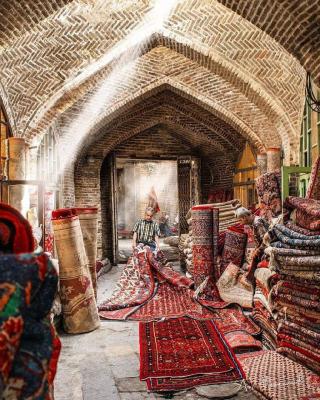 old but gold!
old but gold!
Bazaar has been one of the most influential pillars of cities’ social evolutions and political and economic developments in all periods. It was the bazaar that, as the most important urban joint, brought together the people from different neighborhoods and different races, and became a manifestation of unity and integrity of the people of the city. Hamedan Bazaar has been of special economic and geographical importance due to its location on one of the main branches of the Silk Road, the communication routes of western cities, and religious places which attract a large number of pilgrims every year. It is mostly known as the country’s “Anbar” (literally: store), because of the many commercial stores in the area.
2727
0
Copyright © 2025 To YaldaMedTour. All Rights Reserved.
![]()
